Yakka Fob Mog!
Yakka Fob Mog!
![[calvinandhobbes]](https://64.media.tumblr.com/63fce4f4f3ec52b8a4f507be734df9ca/tumblr_mwrab1dIab1qewacoo1_500.jpg)
[calvinandhobbes]
More Posts from Ilunado and Others
The only obsession everyone wants: ‘love.’ People think that in falling in love they make themselves whole? The Platonic union of souls? I think otherwise. I think you’re whole before you begin. And the love fractures you. You’re whole, and then you’re cracked open.
Philip Roth, The Dying Animal (via wordsnquotes)
#libro #Carl Sagan

Caracol-venado ;)

snailstag ‘Hours of Joanna the Mad’, Bruges 1486-1506.
BL, Add 18852, fol. 305v
Los perros de Colima
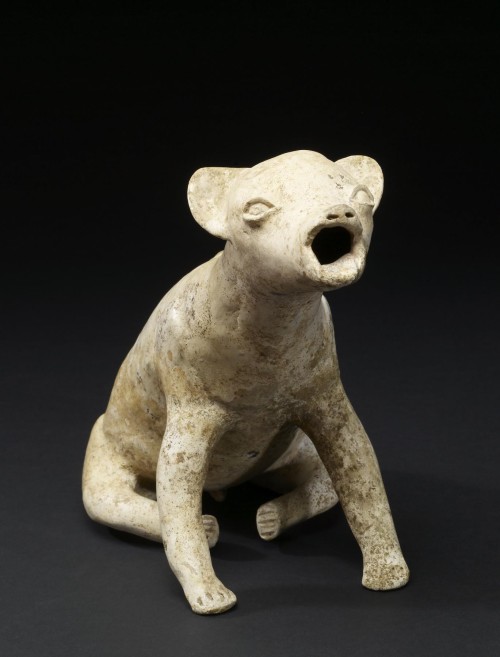
Howling Dog Effigy, Jalisco, 300 BC-AD 200.
Why were dogs so significant to the Mexica?
Dogs were associated with the god of death, Xolotl, among the Mexicas of the highlands of Mexico. Both a dog and Xolotl were thought to lead the soul to the underworld. The skinny body and white hue of the shown dog represented above may have underworld connotations, connecting it to this belief. Xolotl was also associated by the Mexica with the planet Venus as the evening star, and was portrayed with a canine head.
The dog’s special relationship with humans is highlighted by a number of Colima dog effigies wearing humanoid masks. This curious effigy type has been interpreted as a shamanic transformation image or as a reference to the modern Huichol myth of the origin of the first wife, who was transformed from a dog into a human. However, recent scholarship suggests a new explanation of these sculptures as the depiction of the animal’s tonalli, its inner essence, which is made manifest by being given human form via the mask.
The use of the human face to make reference to an object’s or animal’s inner spirit is found in the artworks of many ancient cultures of the Americas, from the Inuit of Alaska and northern Canada to peoples in Argentina and Chile. (Walters)
On the subject of the significance of dogs, and dog effigies wearing humanoid masks, check out this post from a while back of ‘examples of dogs represented in ancient Mexican art.’ The final artefact here is from Colima, and shows a dog wearing a human mask.
Courtesy of & currently located at the Walters Art Museum, Baltimore, USA, via their online collections, 2009.20.148.
De lo que no se puede hablar es mejor callar.

Ludwig Josef Johann Wittgenstein (1889-1951)…filosofo
The spectacular views of the wisteria flowers at Kawachi Fuji Gardens, in Kitakyushu, Japan is another shining example of Japanese perception of beauty and architecture. The private garden hosts around 150 wisteria flowering plants of 20 different species. The crown jewel of the garden, ...




»wittgenstein-generator« by jochen höller
exhibited at the international group-exhibition: »(in)constancy of space« 5. – 22. july 2018 meštrović pavilion (hdlu), zagreb
more information
Paisajes de El Greco

View of Toledo by El Greco.
El Greco cultivated other genres more rarely…. His two landscapes, View of Toledo (c. 1610; New York, Met.) and View and Plan of Toledo (Toledo, Casa & Mus. El Greco), are also late works of c. 1610. In these El Greco is preoccupied with the means of representing what is perceived as well as an emblematic sense of the urban landscape and a zenithal projection of the city, a combination that was advanced in the representation of urban topography. It is possible that in Toledo and Madrid these works influenced interest in still-life and in landscape, genres that had, almost exclusively, been orientated towards a naturalistic type of formal structure.
From 'Greco, El [Theotokopoulos, Domenikos [Dominico; Dominikos; Menegos]]' in Grove Art Online on Oxford Art Online.
We’re examining inspiring landscapes this July on the Oxford Academic Tumblr.
Image credit: View of Toledo. El Greco. c.1599. Metropolitan Museum of Art, New York City. Public domain via WikiArt.
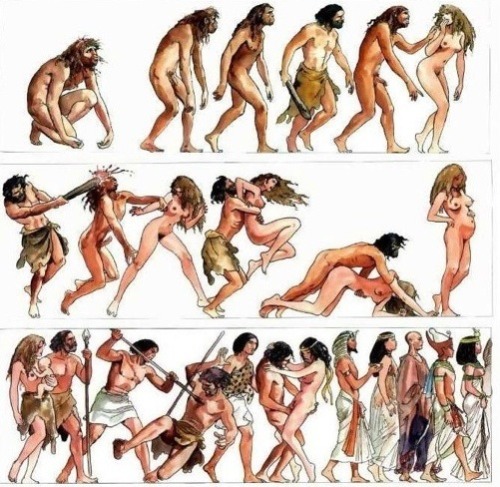
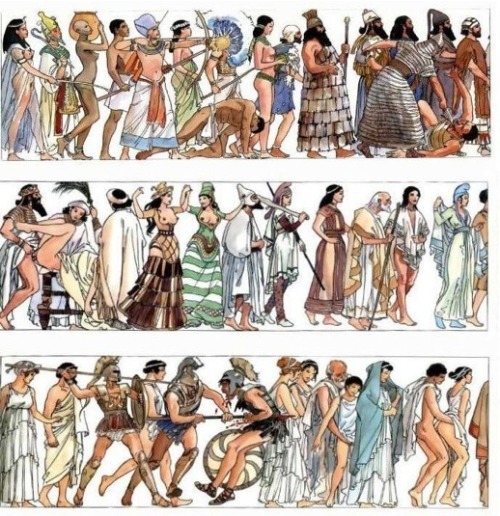
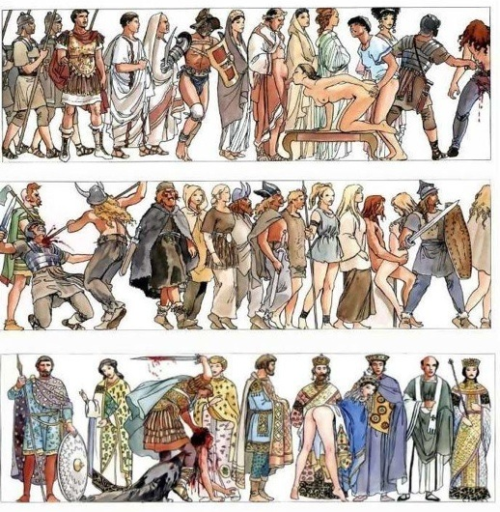
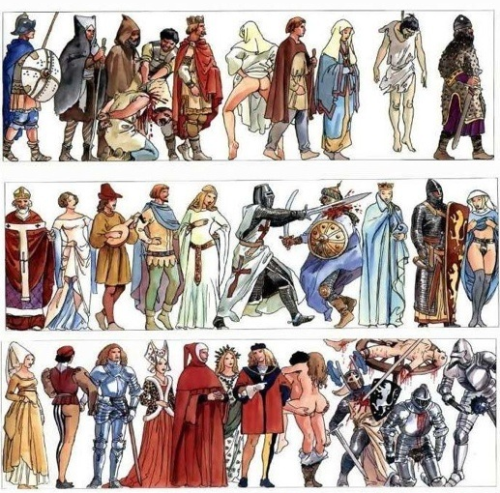
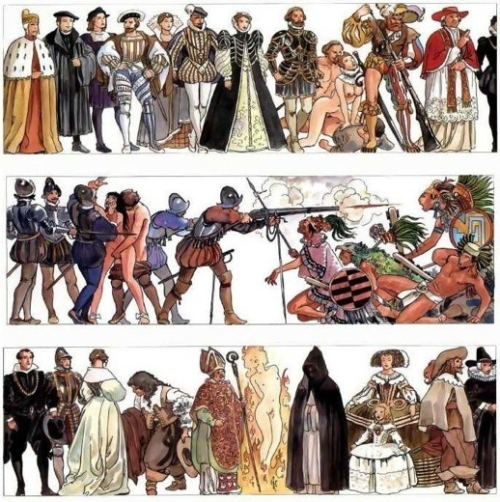
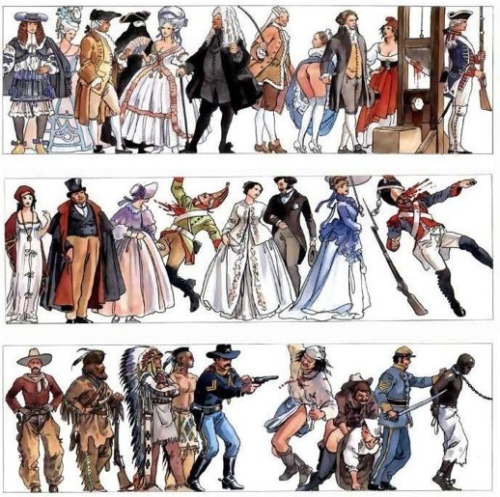
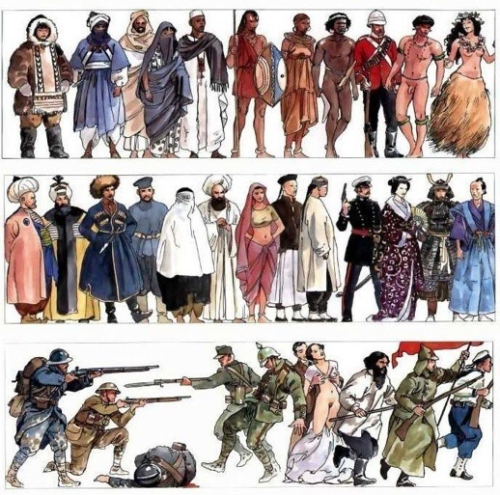
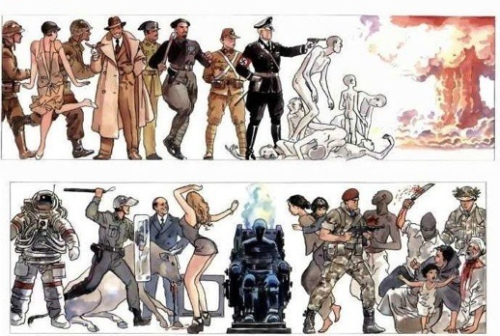

A man in a town married twenty women. There have been no divorces or annulments, and everyone in question is still alive and well. The man is not a bigamist, and he has broken no laws. How is this possible? Where Do Eureka Moments Come From? : The New Yorker
-
 bookman-dgm liked this · 1 year ago
bookman-dgm liked this · 1 year ago -
 laceysturmquotes liked this · 1 year ago
laceysturmquotes liked this · 1 year ago -
 ihavenothingspecificonmymind reblogged this · 2 years ago
ihavenothingspecificonmymind reblogged this · 2 years ago -
 harru10 reblogged this · 2 years ago
harru10 reblogged this · 2 years ago -
 afk-brb liked this · 3 years ago
afk-brb liked this · 3 years ago -
 abitofwarmthforyou reblogged this · 4 years ago
abitofwarmthforyou reblogged this · 4 years ago -
 lavendelhaze reblogged this · 5 years ago
lavendelhaze reblogged this · 5 years ago -
 lavendelhaze liked this · 5 years ago
lavendelhaze liked this · 5 years ago -
 macaroni-rascal reblogged this · 5 years ago
macaroni-rascal reblogged this · 5 years ago -
 phattytissue liked this · 6 years ago
phattytissue liked this · 6 years ago -
 decepti-geek liked this · 6 years ago
decepti-geek liked this · 6 years ago -
 rheic-arts-and-robots reblogged this · 6 years ago
rheic-arts-and-robots reblogged this · 6 years ago -
 damerivi reblogged this · 7 years ago
damerivi reblogged this · 7 years ago -
 alltheshitforthemasses reblogged this · 7 years ago
alltheshitforthemasses reblogged this · 7 years ago -
 catherinesolo reblogged this · 8 years ago
catherinesolo reblogged this · 8 years ago -
 19epona91 liked this · 8 years ago
19epona91 liked this · 8 years ago -
 canextremist-blog liked this · 8 years ago
canextremist-blog liked this · 8 years ago -
 addiex18 reblogged this · 9 years ago
addiex18 reblogged this · 9 years ago -
 that-asshole-goose liked this · 9 years ago
that-asshole-goose liked this · 9 years ago -
 xreveux liked this · 10 years ago
xreveux liked this · 10 years ago -
 bethanytokitoki-blog liked this · 10 years ago
bethanytokitoki-blog liked this · 10 years ago -
 rambunctiousguest liked this · 10 years ago
rambunctiousguest liked this · 10 years ago -
 chrtozefuturewow liked this · 10 years ago
chrtozefuturewow liked this · 10 years ago -
 tiff-j reblogged this · 10 years ago
tiff-j reblogged this · 10 years ago -
 timetravelerspayupfront liked this · 10 years ago
timetravelerspayupfront liked this · 10 years ago -
 kuihtu reblogged this · 10 years ago
kuihtu reblogged this · 10 years ago -
 jeezelise reblogged this · 10 years ago
jeezelise reblogged this · 10 years ago -
 chelonianmobile liked this · 10 years ago
chelonianmobile liked this · 10 years ago -
 beansterpie liked this · 10 years ago
beansterpie liked this · 10 years ago -
 punkmythos liked this · 10 years ago
punkmythos liked this · 10 years ago -
 leafy-greenss liked this · 10 years ago
leafy-greenss liked this · 10 years ago -
 a-vast-horizon liked this · 10 years ago
a-vast-horizon liked this · 10 years ago -
 sherwoodforestt reblogged this · 10 years ago
sherwoodforestt reblogged this · 10 years ago -
 twin-chaos reblogged this · 10 years ago
twin-chaos reblogged this · 10 years ago -
 twin-chaos liked this · 10 years ago
twin-chaos liked this · 10 years ago -
 imessedup-bettertryitagain liked this · 10 years ago
imessedup-bettertryitagain liked this · 10 years ago -
 pitviperofdoom reblogged this · 10 years ago
pitviperofdoom reblogged this · 10 years ago -
 rennoc93 liked this · 10 years ago
rennoc93 liked this · 10 years ago -
 my-milkweed liked this · 10 years ago
my-milkweed liked this · 10 years ago -
 devastyle reblogged this · 10 years ago
devastyle reblogged this · 10 years ago -
 devastyle liked this · 10 years ago
devastyle liked this · 10 years ago
